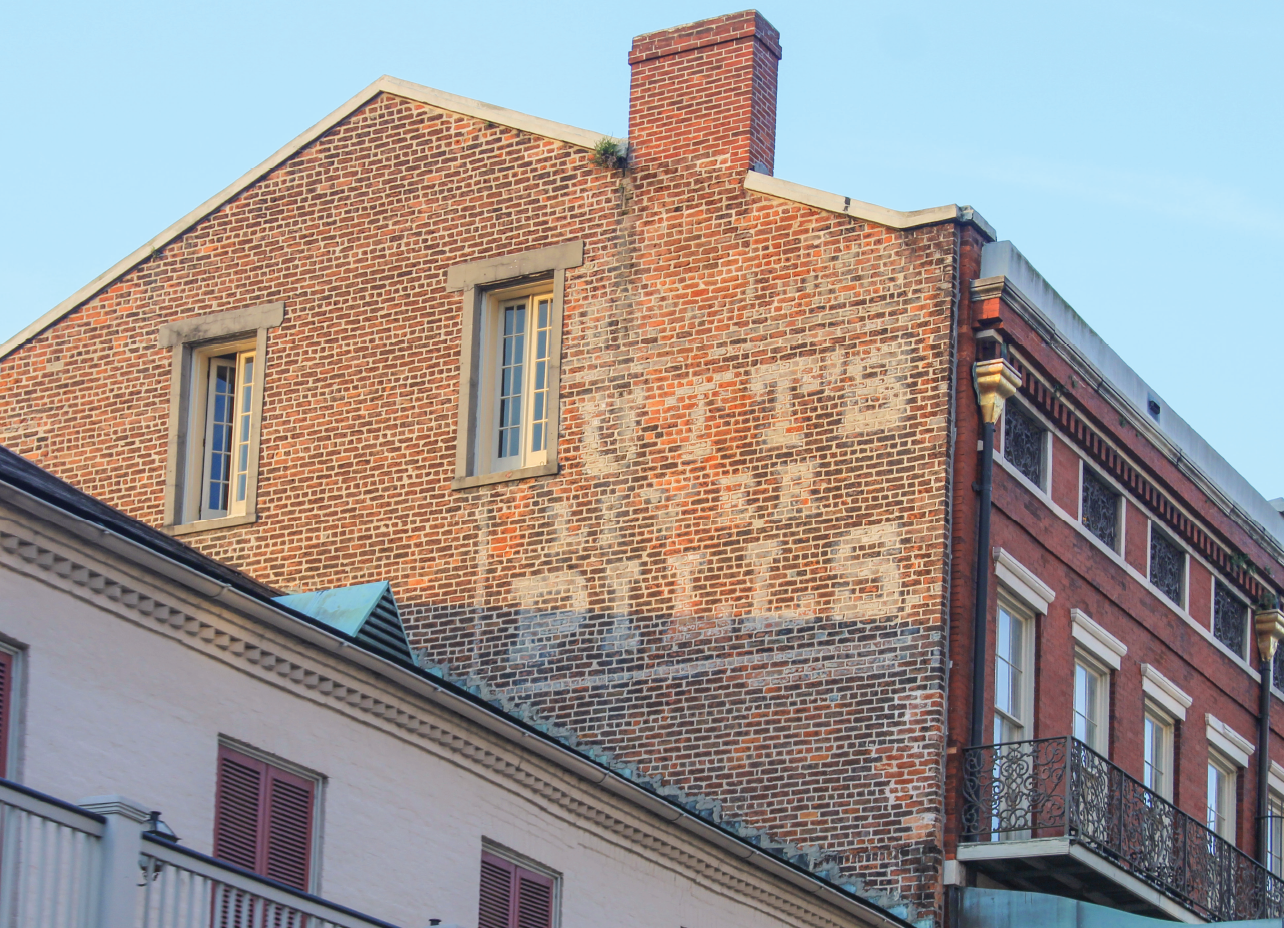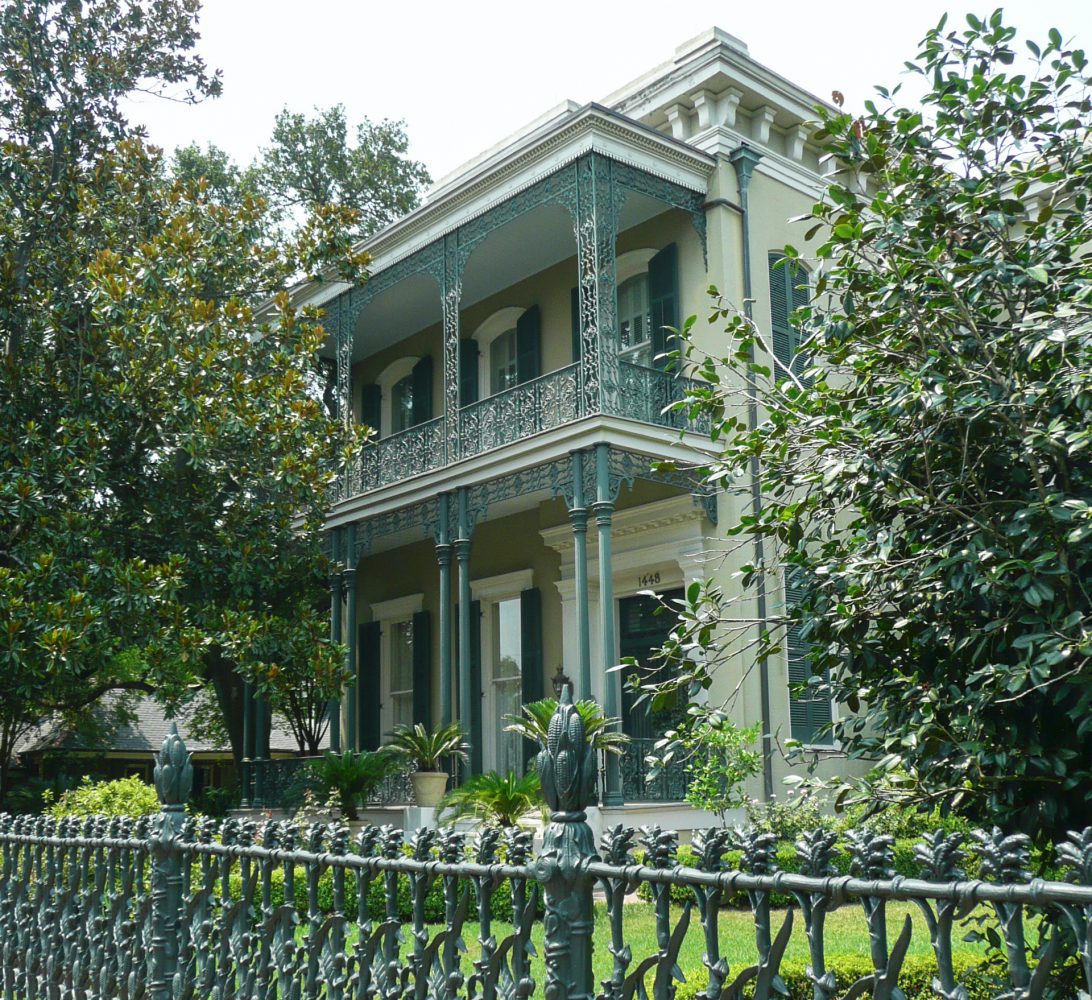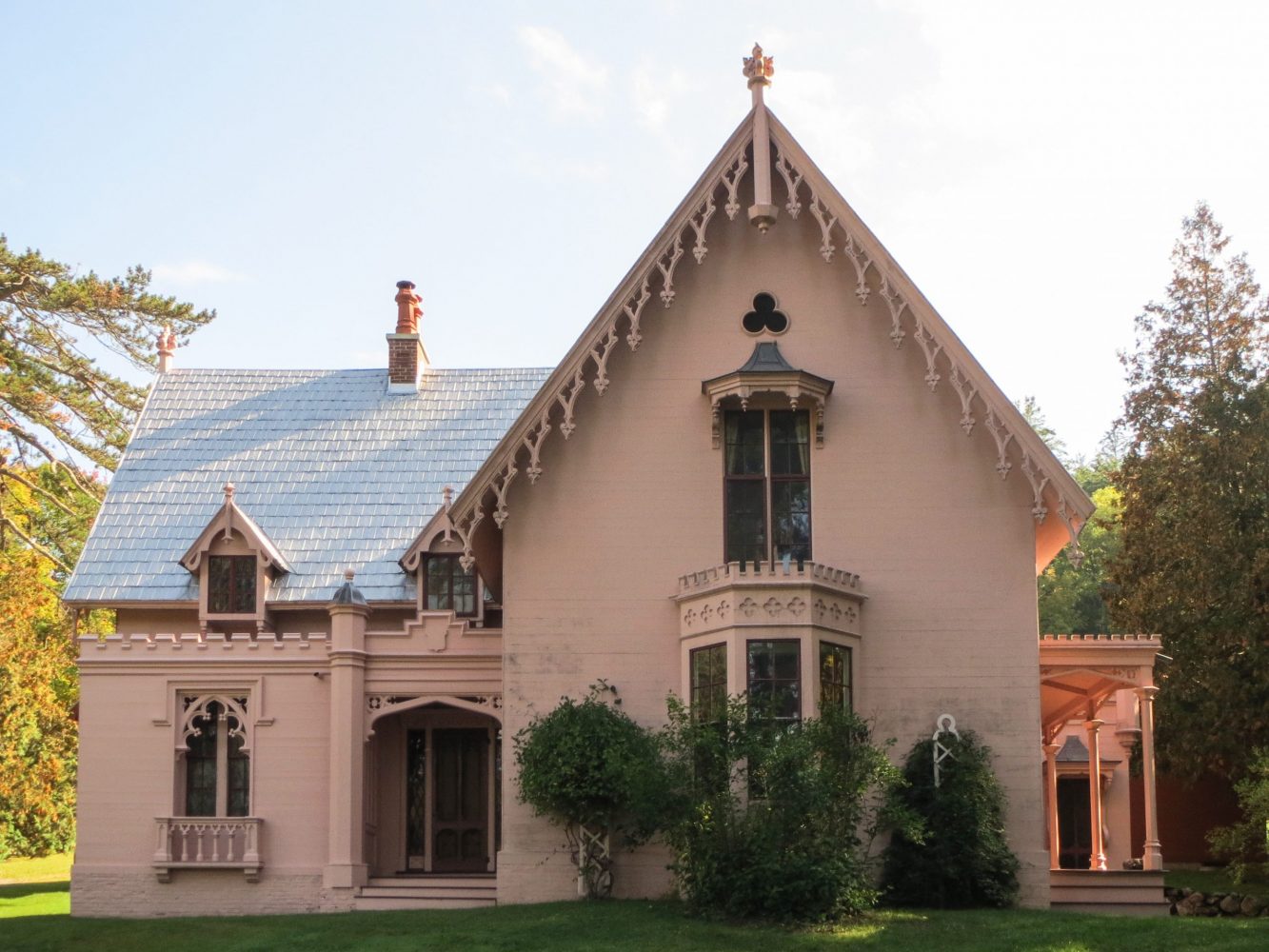This news brief appeared in the May issue of PRC’s Preservation in Print magazine. Interested in getting more preservation stories like this delivered to your door nine times a year? Become a member of the PRC for a subscription!
The French Market Corp. plans to renovate the historic Upper Pontalba building to stop water intrusion, repair areas damaged by moisture build up and other causes, and replace non-historic windows and wall materials. The focus of the project is primarily on the historic courtyards of the building and restoration of exterior balconies. It will correct problems that resulted from a 1990s renovation. The façades of the courtyards also will be renovated to be more in keeping with the historic design of the building, and updated HVAC systems will be installed in units. The French Market Corp. has engaged Trapolin-Peer Architects for the project.
The French Market Corp. operates the Upper Pontalba building, which is owned by the City of New Orleans. The Lower Pontalba building, across Jackson Square, is owned by the state. Built in 1850, the red brick buildings, which flank the square, were the work of the Baroness Pontalba, Micaela Leonarda Antonia Almonester. The original 16 townhouses in the Upper Pontalba building were converted into 50 apartment homes in 1935, according to upperpontalba.org.
In 1995, an $8.1 million renovation to upgrade the building’s mechanical systems was completed, and from 2012 to 2014, the interiors of the apartments, including the bathrooms and kitchens, were renovated. The building features efficiency, one-bedroom and two-bedroom units. “Each unique apartment showcases historic interior accents based on original building details, including sconces modeled after gas lantern medallions designed by the Baroness Pontalba herself and crown molding cast from original designs,” according to the website. One of the apartments in the Upper Pontalba is reserved for use by the City of New Orleans. In the Lower Pontalba Building, one unit houses the 1850s House, which is operated by the Louisiana State Museum.
Advertisements









